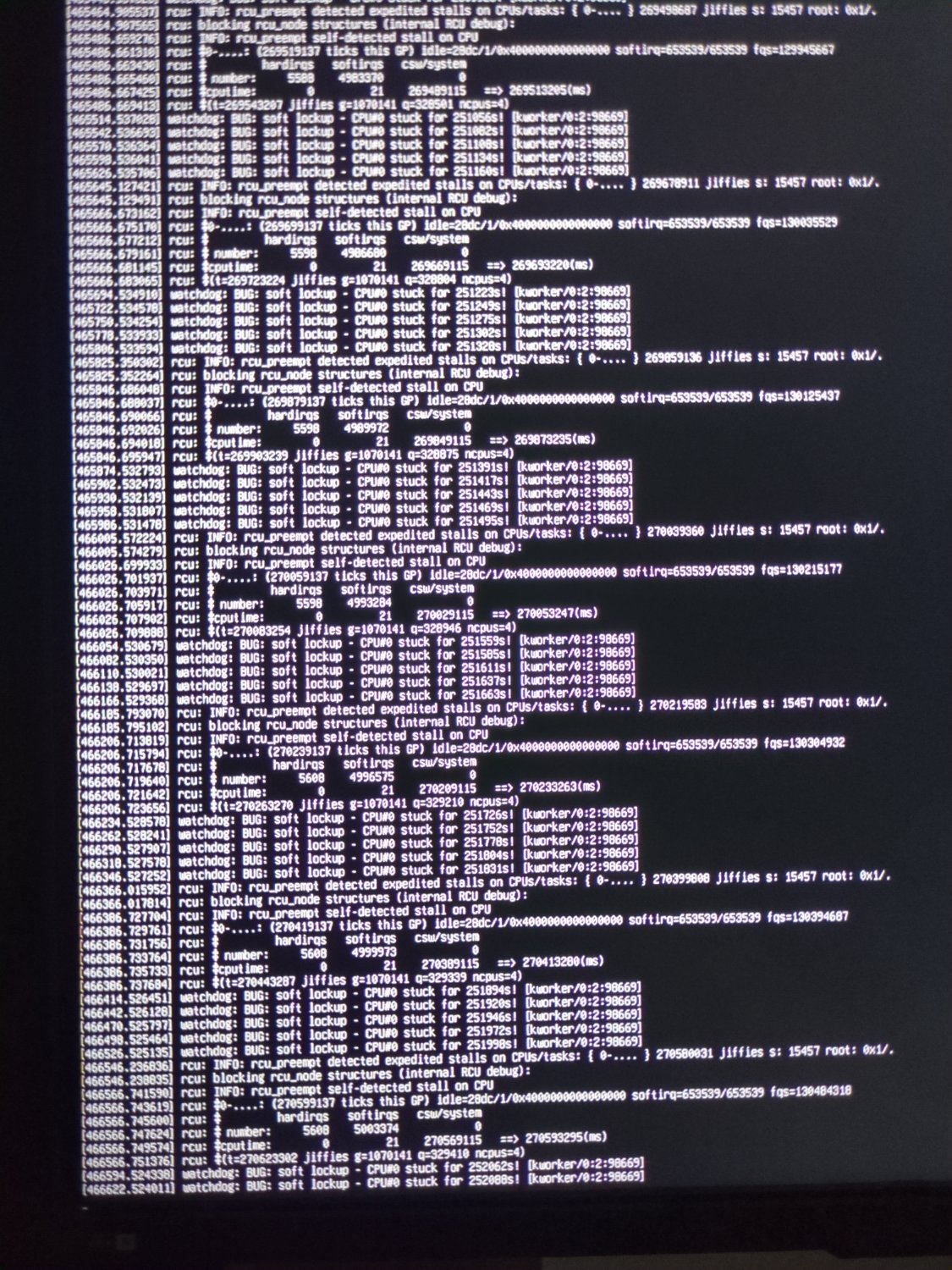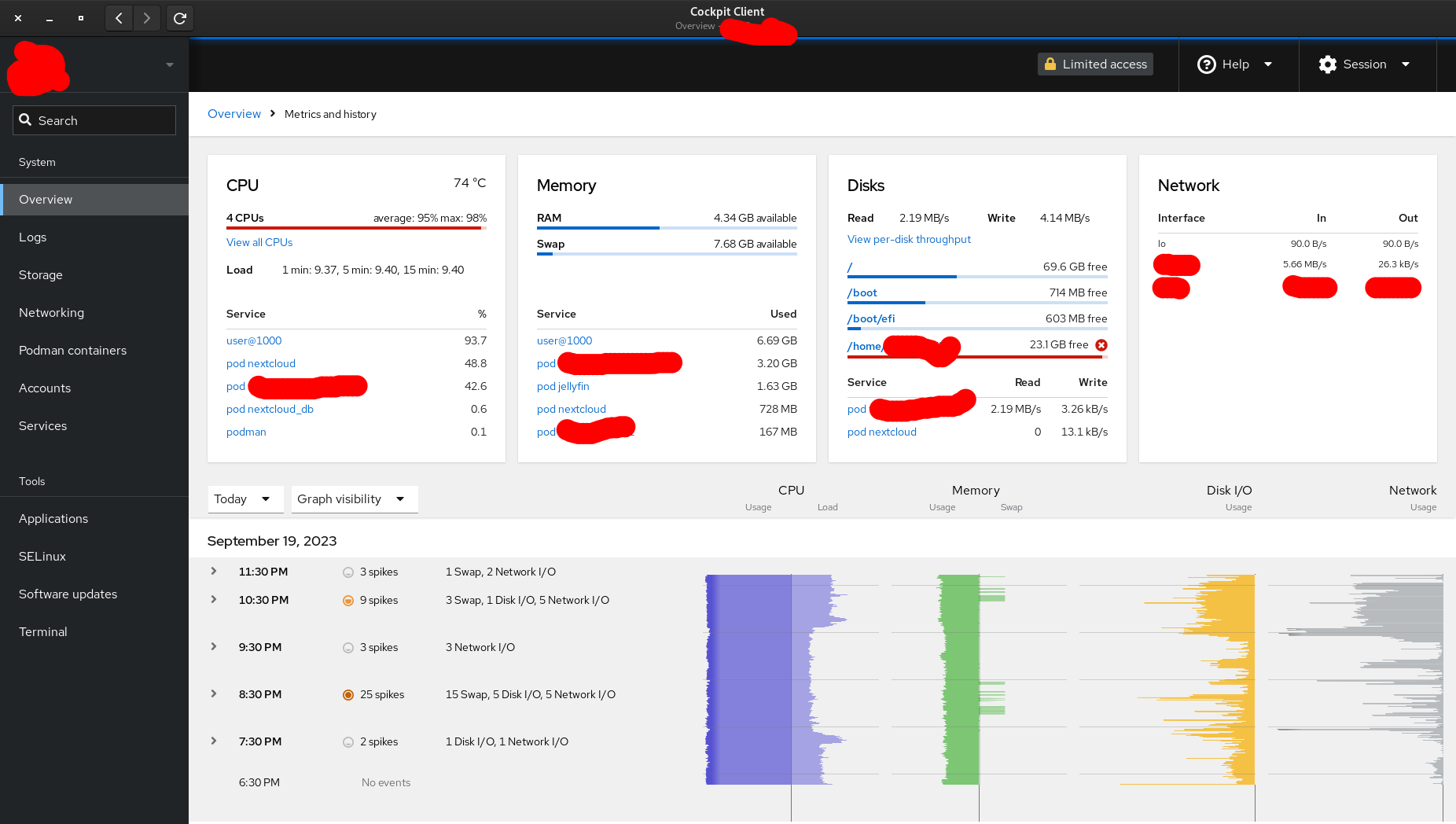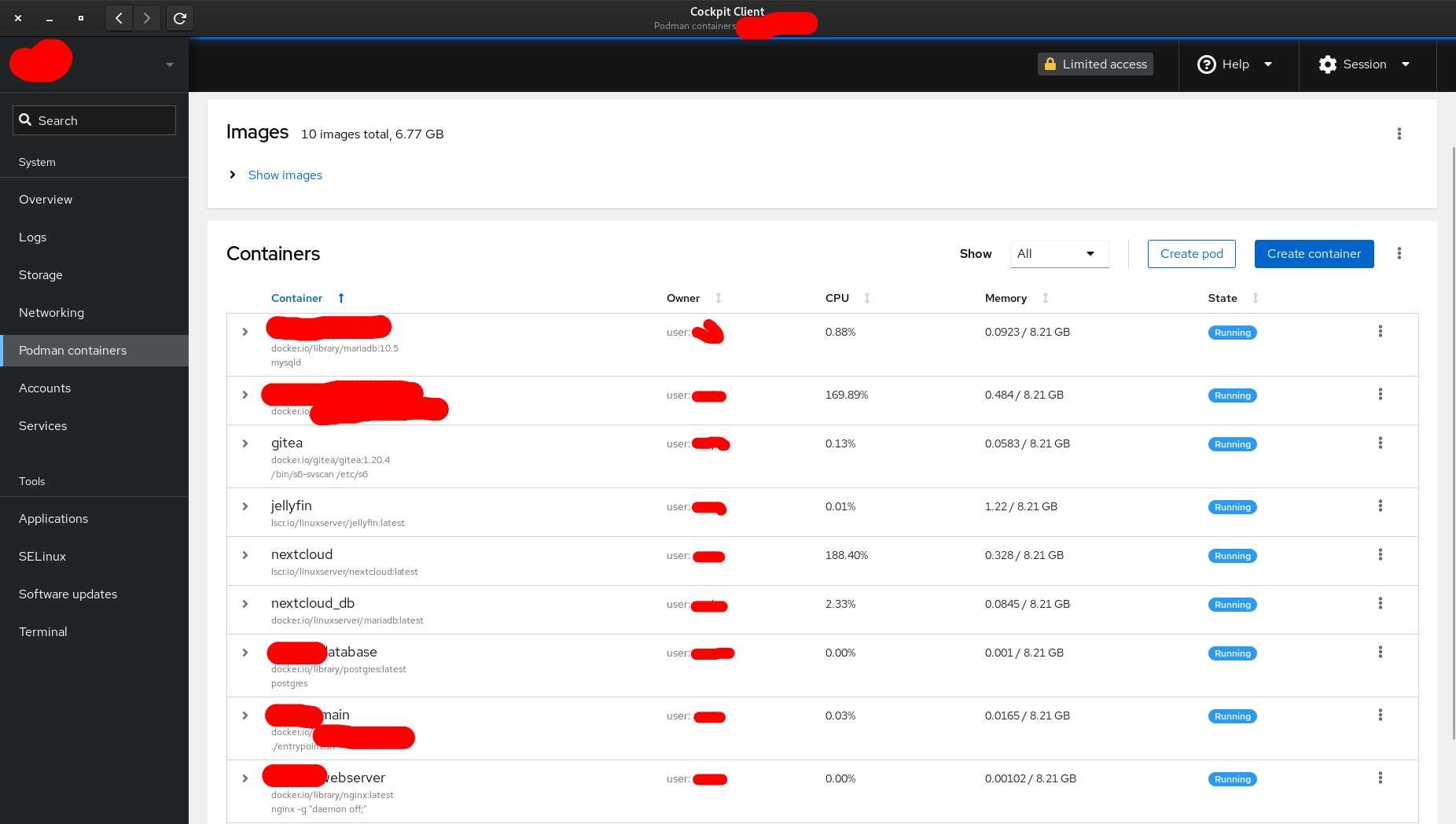I cleaned everything and reapplied the thermal paste. That did not solve the problem. Also, the CPU is only of 35 watts and never goes over 55°C.
nutbutter
I cleaned everything and reapplied the thermal paste. That did not solve the problem. Also, the CPU is only of 35 watts and never goes over 55°C.
Source of the last point?
I pirate digital books, because I don't want to spend the money. I buy physical books so that I can resell them.
They can make it open source.
Try olamovies (dot) top. They have a lot of OpenMatte versions of many films as well. You might find IMAX too.
Proton VPN works for me.
But we should not have to pay another company to watch the content owned by a company we are already paying.
I was using Protonmail, and their other services, and was a paying customer for over a year. But I stopped because of their poor Linux support, and not being able to receive email notifications on my de-googled phone. I made a shift to mailbox.org and am liking it. Yes, I have to manage my own PGP keys, but the experience is much better, in my opinion. Their storage even supports WebDAV. I can encrypt the whole inbox and the files stored in their drive with my own key.
I have heard about simplewall and Portmaster.
AFAIK, Piped always proxies the videos through a server.
I am more familiar with Invidious. Find an Invidious server that lets you enable proxying. Some examples are yewtu.be, invidious.protokolla.fi and inv.nadeko.net. Then find an RSS app that lets you download the content, as well as supports cookies. Use the invidious server's cookies in your RSS app to proxy the content you download. Invidious servers can provide RSS feeds for individual channels, as well as your complete subscription feed.
And if possible donate a dollar or two, regularly, to the invidious server that you use, since it takes up a lot of bandwidth and motivates the hoster to keep up what they are doing.








I did reset it. It did not help. I ran memtest86 for over 2 hours and did a CPU stress test for over 15 hours. Nothing crashed during the testing.